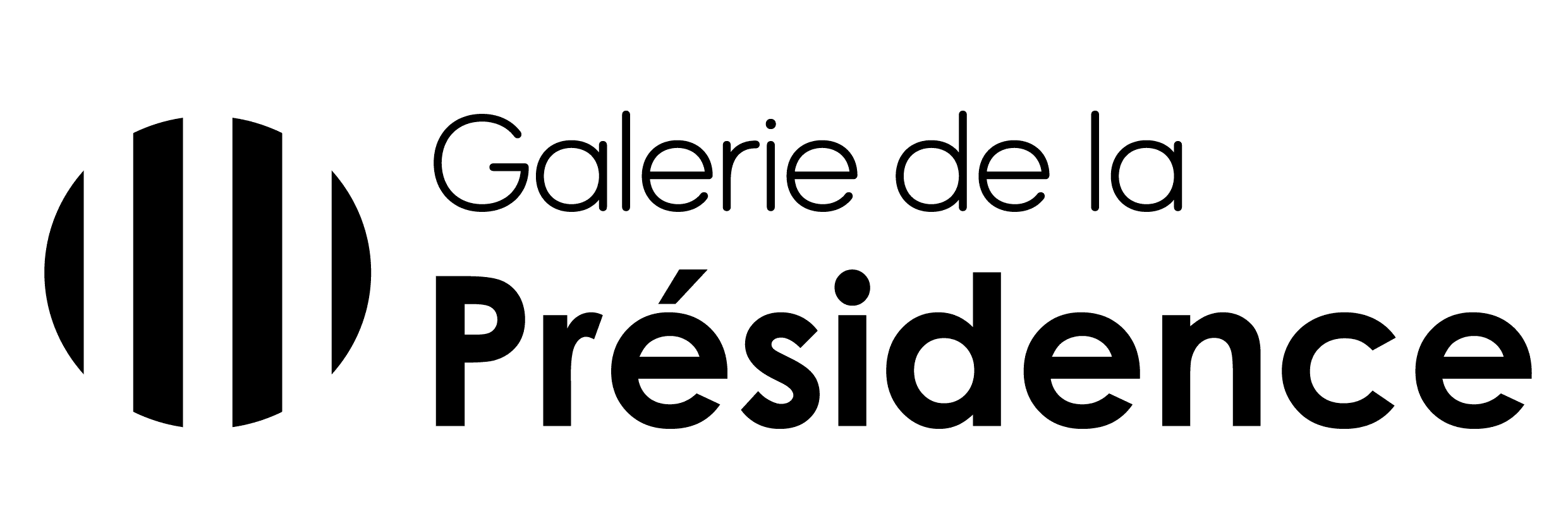Maurice de VLAMINCK 1876-1958
Maurice de Vlaminck, Fauvist, Cubist, Self-taught absolute and Painter of instinct
They together formed what is called the Ecole de Chatou. The two friends worked in osmosis until 1914. It was during the famous Salon d’Automne in 1905 that the room where Vlaminck and Derain exhibited was called “the cage aux fauves”. They were the innovators of this movement aong with Marquet, Matisse and Camoin. The Fauve movement, composed of pure colours, lasted four years, from 1904 to 1908.
Vuilliard bought Vlaminck workshop as well as that of Derain. From 1907 to 1910, Cézanne’s influence, coupled with that of cubism, softened his technique which retained the advances of fauvism in its chromatic daring. The echo of the Cézanne period can be felt until 1927 – from this date until his death his painting stabilised. It is darker, more vehement and more lyrical.
Vlaminck was the specialist of dramatic atmospheres, small weatherbeaten paths crushed by storms.
His painting shows a fascination for roads, snow mixed with earth, unknown horizons… A romantic vision painted with Rubenesque ardour, Rubens with whom he shared Flemish ancestry.
“Instinct and talent are the only two factors on which an artist is allowed to count,
the only ones on which he must rely.
There is no school, there are only Painters.” Vlaminck
Entirely self-taught, an instinctive painter defying reason, Vlaminck, one of the 20th Century art giants, is present in all the major museums.
“Painting is like cooking .
You can’t explain it. It must be tasted”.
Vlaminck



